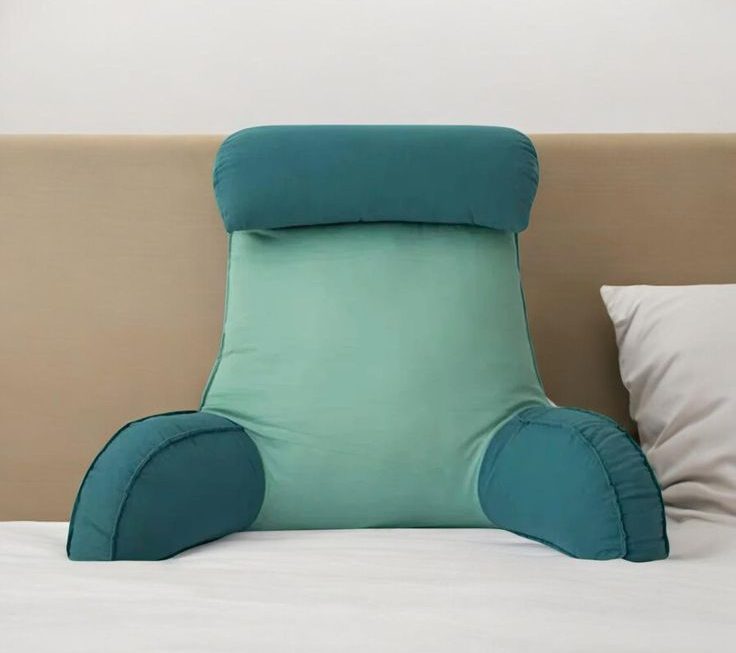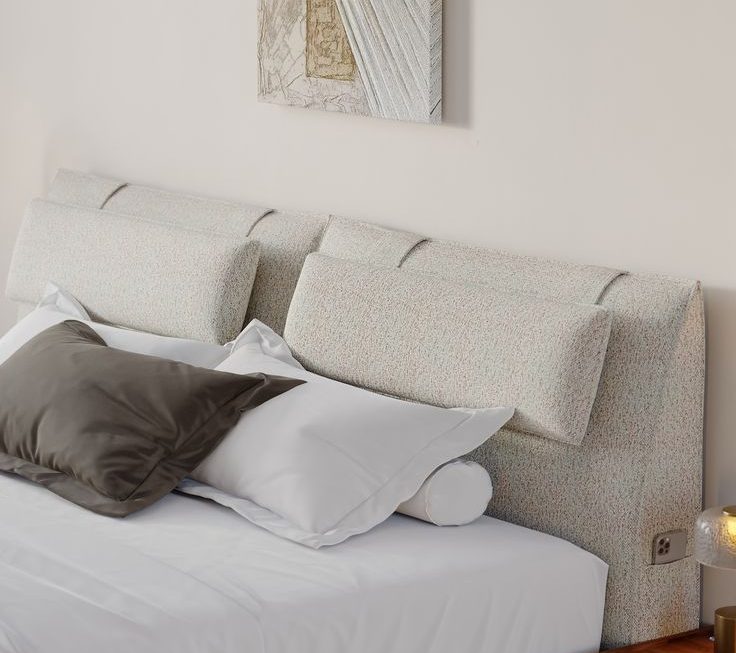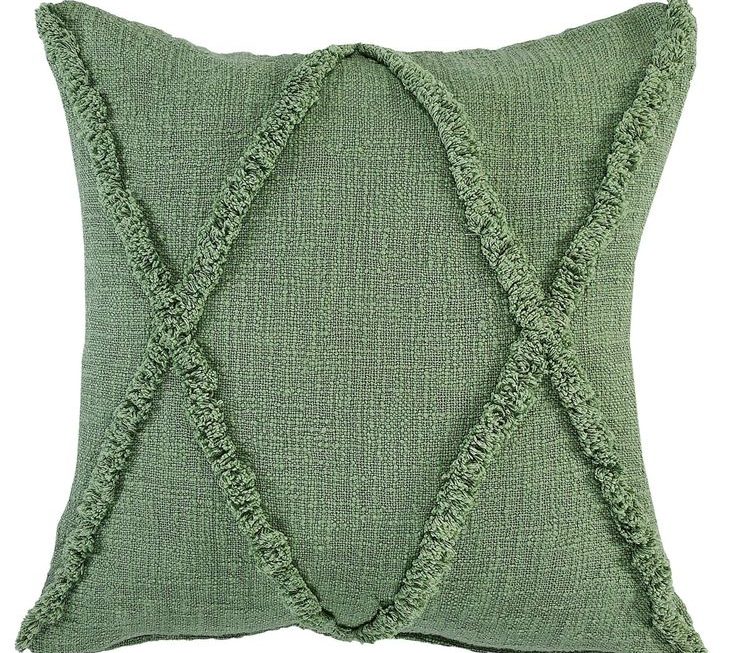Baking soda is a versatile household item that can be used for a variety of cleaning tasks, including odor removal and stain treatment. One common use is to deodorize carpets. However, many people wonder how long to leave baking soda on the carpet to achieve the best results.
The Science Behind Baking Soda for Carpet Cleaning
Baking soda is much more than a baking ingredient. Its scientific properties make it a powerful option for cleaning carpets. Natural, safe, and easy to find, it’s an excellent choice for eco-friendly cleaning.
Why Baking Soda is an Effective Deodorizer and Stain Remover
Baking soda, or sodium bicarbonate, tackles odors and stains at their source. Its high alkalinity neutralizes acidic odor molecules. For stains, its mild abrasiveness helps lift dirt without harming carpets. Its odor-removing power comes from its ability to actually remove offending particles, not just mask them. When applied to carpets, this white powder does wonders to refresh and clean, all without harsh chemicals.
Understanding Baking Soda’s Odor-Absorbing Properties
Baking soda, also known as sodium bicarbonate, is a natural deodorizer. It works by neutralizing acidic odors, such as those caused by pets, smoke, or spills. When sprinkled on a carpet, baking soda absorbs odor molecules, trapping them and preventing them from being released into the air.
Preparing to Clean Your Carpet with Baking Soda
Before diving into the cleaning process, gathering the right tools and materials is crucial. This ensures a smooth and efficient cleaning operation.
Necessary Tools and Materials
To start cleaning your carpet with baking soda, you need a few things:
- Baking Soda: Easily available at any grocery store.
- Vacuum Cleaner: Ideally with a beater brush attachment.
- Scrubbing Brush: A stiff-bristled brush would work best.
- Sifter Jar (Optional): Helps to spread the baking soda evenly.
- Dehumidifier (Optional): For drying the carpet after cleaning.
With these items, you’re ready to move to the next step – actually cleaning the carpet.
Importance of an Initial Vacuum
Vacuuming the carpet before applying baking soda is essential. It picks up loose dirt and clears the space for the baking soda. Here’s why it’s important:
- It removes surface debris.
- It helps the baking soda work more effectively.
- If the carpet is damp, skip this step to avoid vacuum damage.
A thorough initial vacuum sets the stage for an effective deep clean with baking soda. Remember, take your time with this step for the best results.
Application of Baking Soda on Carpets
Laying baking soda on your carpet can be done efficiently with the right technique.
How to Evenly Sprinkle Baking Soda
Even distribution is key for the best cleaning results. Use a sifter jar for a uniform layer. If you don’t have one, pour baking soda into your hand and gently shake your fingers over the carpet. Work methodically across the carpet to cover every area.
The Duration for Leaving Baking Soda on Carpets
How long do you leave baking soda on carpet? It depends on the issue. For light odors, thirty minutes could be enough. For deeper smells or stains, leaving it overnight may be more effective. The longer it sits, the more odors it absorbs. Be sure to check the moisture level of your carpet – don’t leave baking soda on damp carpets for too long, as it may clump and be harder to vacuum.

Techniques for Tackling Stains
When dealing with carpet stains, baking soda can be your go-to solution.
Creating and Using Baking Soda Paste
To tackle a stubborn stain, a baking soda paste is highly effective. Here’s a simple method:
- Sprinkle a little baking soda directly on the stain.
- Add some water to form a thick paste.
- Apply the paste to the stain using a brush.
- Let it sit for about 15 minutes.
- Scrub gently, then vacuum away the residue.
Addressing Persistent or Hard-set Stains
Some stains won’t budge with a simple sprinkle. For these, you may need to repeat the process or leave the paste on a bit longer. Always test a small area first to ensure there’s no damage to your carpet fibers. If the stain persists, seeking professional help may be the best option.

The Drying Process After Baking Soda Application
Once the baking soda has worked its magic, drying the carpet properly is crucial. Moisture can cause mold, so ensuring complete dryness is vital.
Ensuring Complete Dryness to Prevent Mold
After vacuuming the baking soda, check the carpet. If it feels damp, let it dry completely. Open windows or use fans to circulate air. Avoid placing furniture back until the carpet is fully dry. This helps prevent mold from growing under or within the carpet fibers.
The Role of Dehumidifiers in Drying Carpets
For carpets that need extra help drying, consider using a dehumidifier. It pulls moisture from the air and carpet, speeding up drying time. In humid climates or for thick carpets, a dehumidifier can be especially helpful. Use it in the room with the cleaned carpet for best results.
Vacuuming After Baking Soda Treatment
After using baking soda for carpet cleaning, vacuuming up the residual powder is essential. It removes remaining debris, and excess baking soda, and ensures a clean and fresh carpet.
Tips for Vacuuming Without Damaging Your Appliance
Here are some tips for safe vacuuming after a baking soda treatment:
- Empty the vacuum bag or canister before starting. This prevents clogging and maintains suction power.
- Use a vacuum with a good filter to prevent fine particles from escaping.
- Go slowly, giving the vacuum time to pick up all the baking soda.
- If vacuuming large amounts, pause periodically to prevent overheating.
- After vacuuming, check and clean the vacuum’s filter.
These steps help protect your vacuum from damage and keep it running smoothly.
Dealing with Residual Powder
Sometimes, not all baking soda lifts during the first vacuum pass. If this happens, follow these steps:
- Let the carpet sit for a few minutes; this allows deep-set powder to surface.
- Vacuum a second time, focusing on areas where powder remains.
- Use a brush attachment to loosen and lift any stubborn powder.
- For persistent powder, dampen a cloth and blot the area gently. Then, try vacuuming again.
By carefully following these processes, your carpet can become clean, with no damage to your vacuum.

Common FAQs Addressed
When it comes to using baking soda for carpet cleaning, some questions come up often. Let’s address these concerns clearly.
Safety Measures for Baking Soda and Vacuum Interactions
Here are things to keep in mind when vacuuming baking soda:
- Check the vacuum’s manual before starting.
- Avoid vacuuming large amounts of baking soda.
- If in doubt, consult the manufacturer or avoid vacuuming.
- Regularly clean and check your vacuum’s filter.
- For large spills, scoop up baking soda before vacuuming.
Taking these precautions will help maintain your vacuum cleaner’s longevity and performance.
Utilizing Vinegar with Baking Soda for Old Stains
Vinegar and baking soda can work well together. Here’s how to use them:
- Apply baking soda on the old stain.
- Spray with white vinegar and watch it fizz.
- After the reaction, wait for 10 to 15 minutes.
- Use a damp cloth to blot and lift the stain.
- Rinse with water to remove any residue.
This technique is helpful for stubborn stains and can be used before vacuuming. Remember, always do a spot test first to avoid any damage to your carpet.



